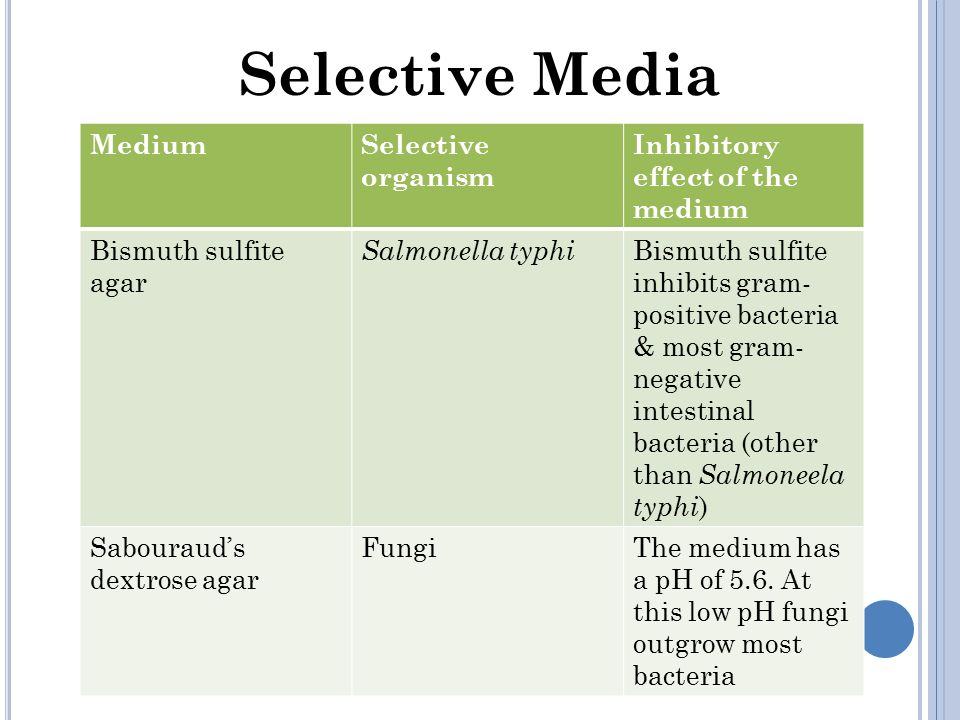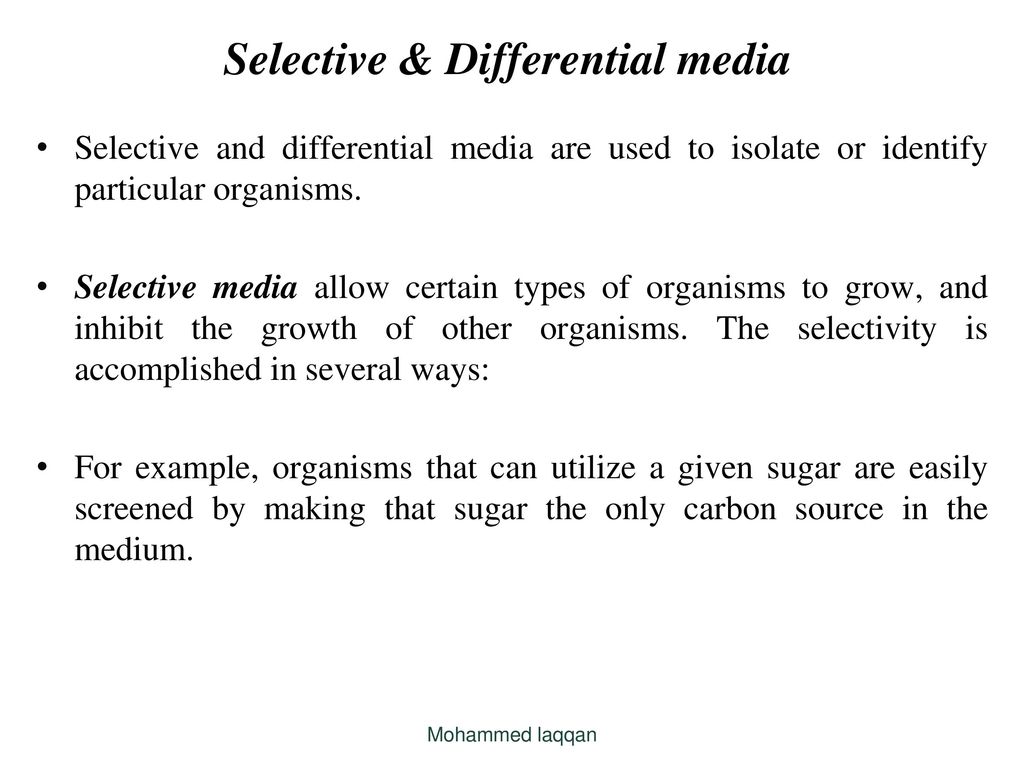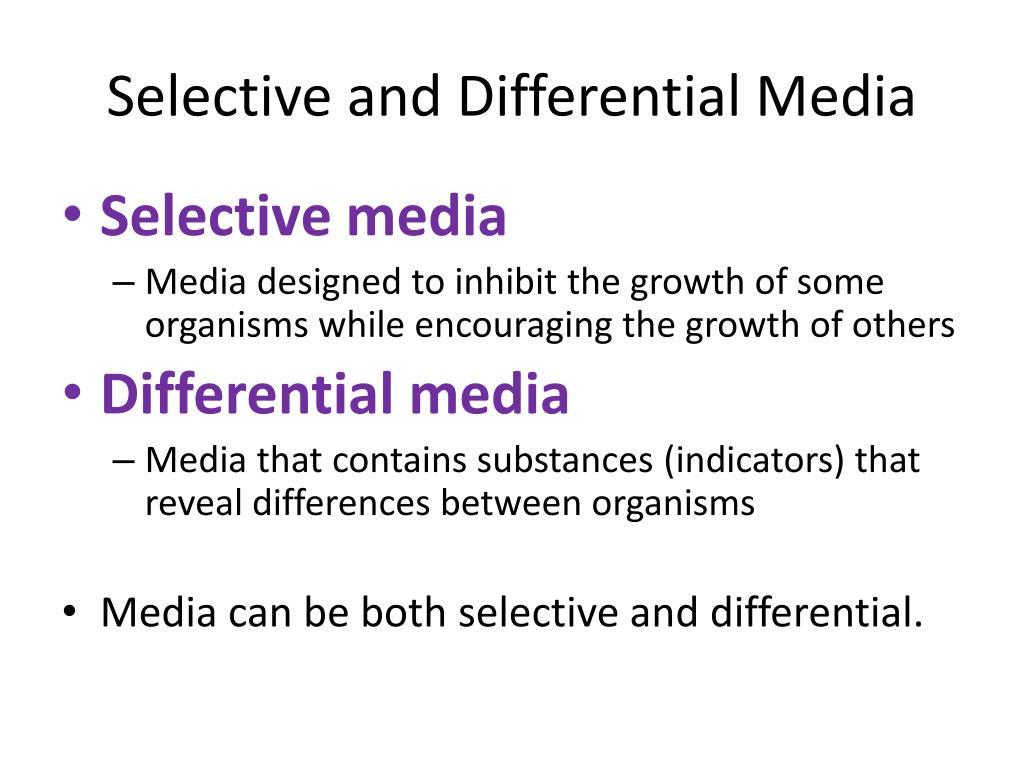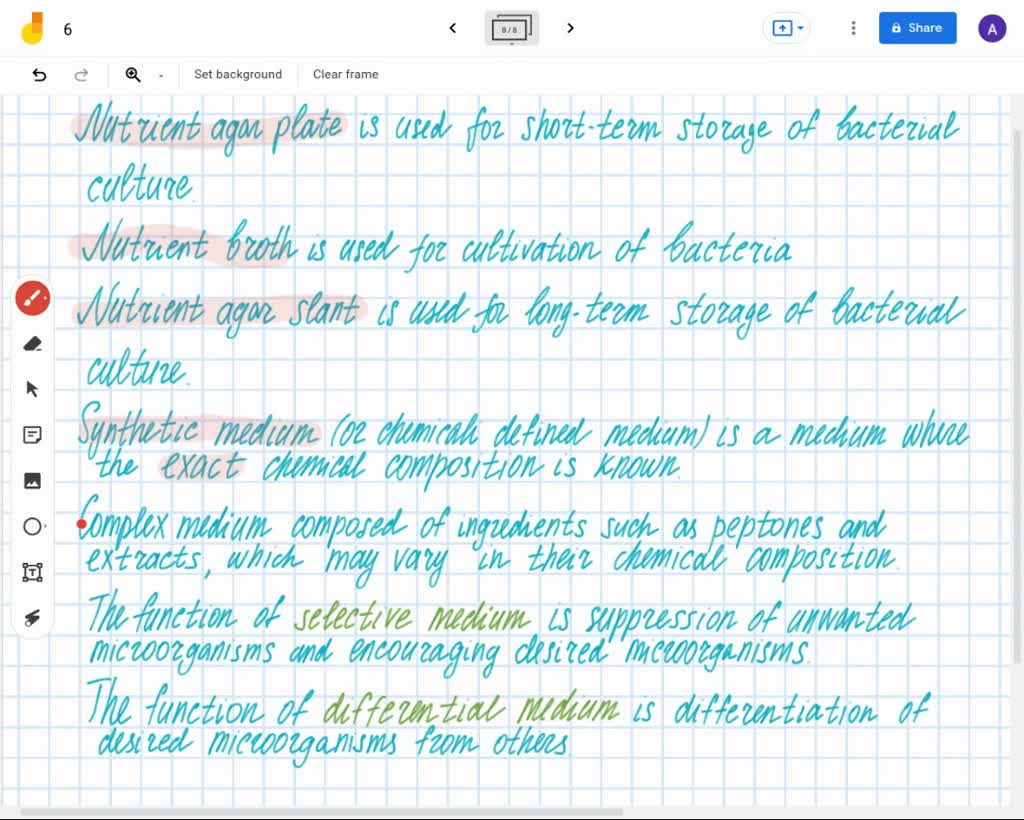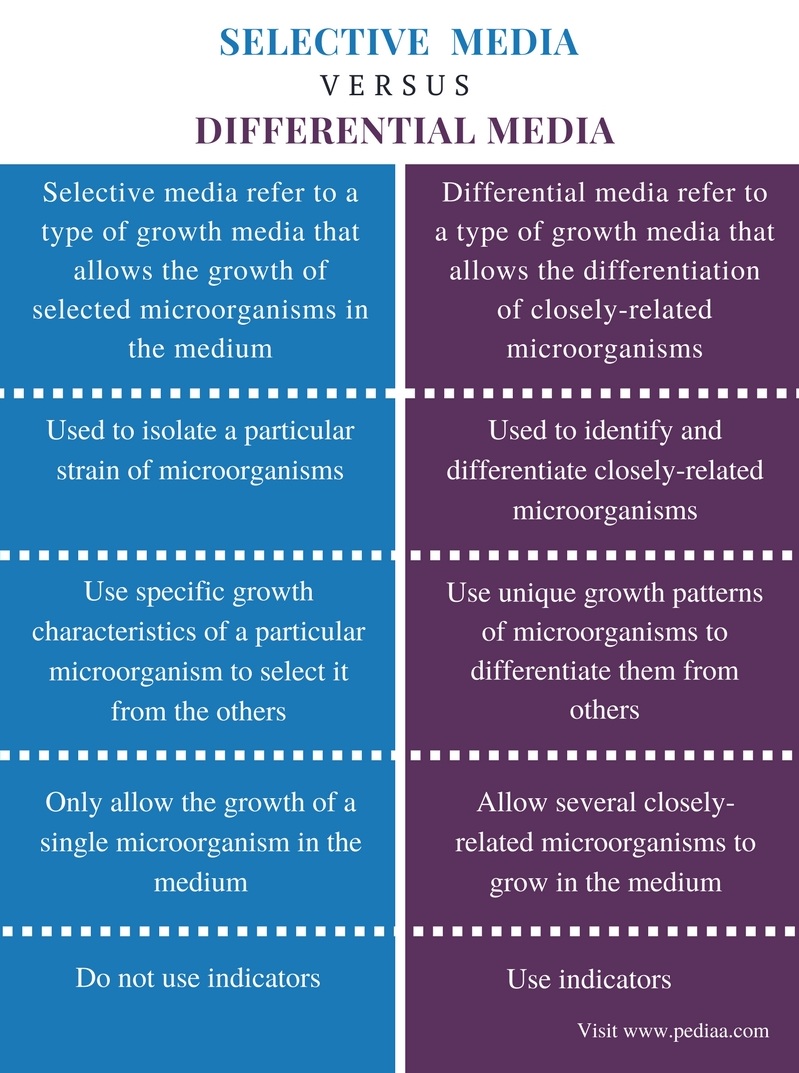Which Of The Following Describe Selective Media

In an era defined by information overload, understanding how media outlets frame and present information is crucial. The concept of selective media is increasingly relevant in navigating the complex landscape of news and opinion. It significantly affects public perception and shapes the narrative around various social and political issues.
This article delves into the meaning of selective media, examining its various manifestations and potential impacts. It also explores how it differs from other forms of media bias. Understanding selective media helps readers become more critical consumers of information.
What is Selective Media?
At its core, selective media refers to the practice of choosing specific information, facts, or viewpoints to highlight while downplaying or omitting others. This selection process isn't necessarily about outright fabrication or falsehood. Rather, it involves emphasizing particular aspects to create a specific impression or support a predetermined narrative.
This bias can manifest in various ways. These include the choice of stories covered, the sources quoted, the language used, and the visual elements included in a report.
Types of Selective Media
Selective media can be categorized into several distinct forms, each contributing to a skewed representation of reality. Gatekeeping bias, for example, involves selecting which stories are covered at all, effectively filtering what the audience sees.
Statement bias is concerned with the choice of words used to describe an event. Finally, source bias leans towards emphasizing certain voices or perspectives over others, shaping the overall narrative.
Selection of sources: A media outlet may consistently interview experts who share a particular viewpoint, neglecting alternative perspectives.
How Selective Media Differs From Other Forms of Bias
While selective media is a form of media bias, it's crucial to differentiate it from other types. Unlike explicit bias, where opinions or ideologies are openly expressed, selective media operates more subtly. It often presents itself as objective by selectively highlighting certain facts and minimizing others.
This nuanced approach can make it challenging to detect, as the underlying agenda is less apparent. Sensationalism, another common media practice, focuses on exaggerating or dramatizing events to attract attention.
The Impact of Selective Media
The effects of selective media are wide-ranging, potentially impacting individual opinions, public discourse, and even political outcomes. Limited information leads to biased perspectives, preventing informed decision-making.
When individuals are consistently exposed to a skewed representation of events, their understanding of the world can be significantly distorted. This can lead to polarization, making constructive dialogue and compromise more difficult.
Public trust in media institutions erodes as individuals become aware of selective reporting practices. This distrust further exacerbates the problem, creating a cycle of skepticism and misinformation.
Identifying Selective Media
Becoming a more discerning media consumer requires actively seeking out diverse sources and questioning the information presented. Pay attention to which stories are highlighted and which are ignored.
Critically evaluate the sources quoted and whether alternative perspectives are included. Look for patterns in the language used and the overall tone of the reporting.
Consider the motivation behind the selection of specific information. Seek out a range of news outlets and perspectives to form a balanced understanding of events.
Examples of Selective Media in Practice
Imagine a news outlet consistently focusing on the negative impacts of a new policy, while ignoring any potential benefits. This is an example of selective reporting designed to undermine public support.
Another instance might involve a media outlet consistently highlighting crime statistics in specific neighborhoods, leading to a distorted perception of safety and security. These choices influence how the public understand the problem.
The Ethical Considerations
Journalists have a responsibility to present information fairly and accurately. The practice of selective media raises serious ethical concerns about integrity and objectivity.
While complete objectivity is arguably unattainable, striving for balance and transparency is essential. Media organizations should be open about their editorial policies and strive to present diverse perspectives.
The Society of Professional Journalists' code of ethics emphasizes seeking truth and minimizing harm. This ethical framework serves as a guide for responsible reporting.
Conclusion
Understanding selective media is an essential skill for navigating the modern information landscape. By recognizing the subtle ways in which information can be manipulated, individuals can become more informed and critical consumers of news.
Actively seeking out diverse perspectives and questioning the underlying motivations of media outlets can help mitigate the negative impacts of selective reporting. This promotes a more nuanced and accurate understanding of the world.
In conclusion, media literacy is crucial for informed decision-making and a healthy democracy. Remain vigilant and pursue truth through diverse sources.
